The world’s first quantum computer integrated circuit has been demonstrated by researchers in Australia. This could enable accurate simulations of molecules, leading to the creation of new materials.



Circa 2020
By utilizing a process that Einstein famously called “spooky,” scientists have successfully caught “ghosts” on film for the first time using quantum cameras.
The “ghosts” captured on camera weren’t the kind you might first think; scientists didn’t discover the wandering lost souls of our ancestors. Rather, they were able to capture images of objects from photons that never actually encountered the objects pictured. The technology has been dubbed “ghost imaging,” reports National Geographic.
Normal cameras work by capturing light that bounces back from an object. That’s how optics are supposed to work. So how can it be possible to capture an image of an object from light if the light never bounced off the object? The answer in short: quantum entanglement.
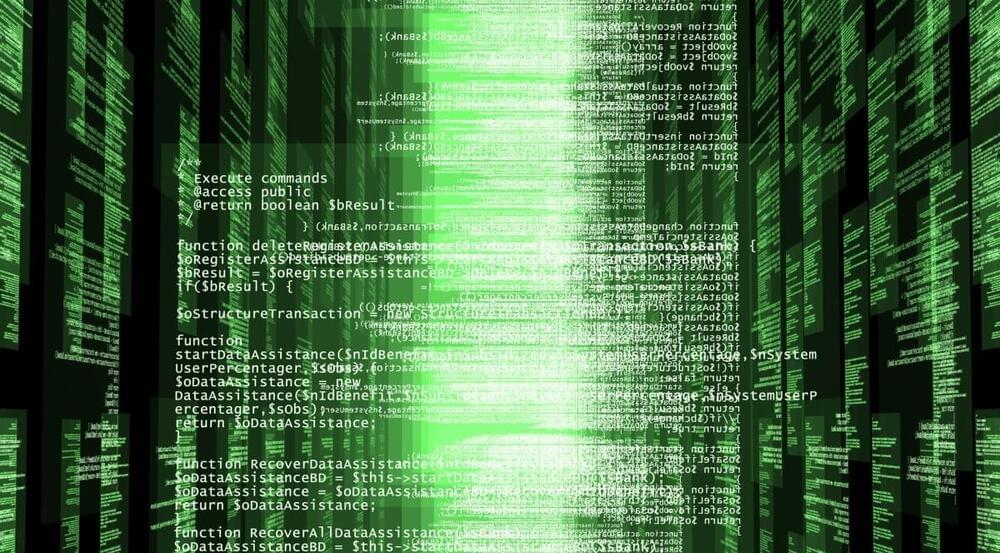
The dynamic capability of these AI languages to change while the program is running is superior to languages relying on a batch method, in which the program must be compiled and executed prior to outputs. Plus, these quantum AI programming languages enable both data and code to be written as expressions. Since functions in these frameworks are written like lists, they’re readily processed like data, so specific programs can actually manipulate other programs via metaprogramming — which is key for their underlying flexibility. This advantage also translates into performance benefits in which such languages operate much faster in applications — such as those for bioinformatics involving genomics — aided by various dimensions of AI.
The AI effect
When enabled by flexible programming languages for developing AI, quantum computing allows organizations to perform AI calculations much faster, and at a greater scale, than they otherwise could. These programming languages also underpin both statistical and symbolic AI approaches enhanced by quantum computing. Optimization problems, for example, are traditionally solved in knowledge graph settings supporting intelligent inferences between constraints.

Werner Heisenberg was a German theoretical physicist who was awarded the Nobel Prize in 1932 for the creation of quantum mechanics. He was only 25 years old when he discovered the uncertainty principle. Although at the time Heisenberg did not understand his own work, so he handed it to his immediate supervisor, Max Born, and went on vacation.
Demis Hassabis is the CEO and co-founder of DeepMind. Please support this podcast by checking out our sponsors:
- Mailgun: https://lexfridman.com/mailgun.
- InsideTracker: https://insidetracker.com/lex to get 20% off.
- Onnit: https://lexfridman.com/onnit to get up to 10% off.
- Indeed: https://indeed.com/lex to get $75 credit.
- Magic Spoon: https://magicspoon.com/lex and use code LEX to get $5 off.
EPISODE LINKS:
Demis’s Twitter: https://twitter.com/demishassabis.
DeepMind’s Twitter: https://twitter.com/DeepMind.
DeepMind’s Instagram: https://instagram.com/deepmind.
DeepMind’s Website: https://deepmind.com.
Plasma control paper: https://nature.com/articles/s41586-021-04301-9
Quantum simulation paper: https://science.org/doi/10.1126/science.abj6511
The Emperor’s New Mind (book): https://amzn.to/3bx03lo.
Life Ascending (book): https://amzn.to/3AhUP7z.
PODCAST INFO:
Podcast website: https://lexfridman.com/podcast.
Apple Podcasts: https://apple.co/2lwqZIr.
Spotify: https://spoti.fi/2nEwCF8
RSS: https://lexfridman.com/feed/podcast/
Full episodes playlist: https://www.youtube.com/playlist?list=PLrAXtmErZgOdP_8GztsuKi9nrraNbKKp4
Clips playlist: https://www.youtube.com/playlist?list=PLrAXtmErZgOeciFP3CBCIEElOJeitOr41
OUTLINE:
0:00 — Introduction.
1:01 — Turing Test.
8:27 — Video games.
30:02 — Simulation.
32:13 — Consciousness.
37:13 — AlphaFold.
50:53 — Solving intelligence.
1:03:12 — Open sourcing AlphaFold & MuJoCo.
1:13:18 — Nuclear fusion.
1:17:22 — Quantum simulation.
1:20:30 — Physics.
1:23:57 — Origin of life.
1:28:36 — Aliens.
1:36:43 — Intelligent life.
1:39:52 — Conscious AI
1:53:07 — Power.
1:57:37 — Advice for young people.
2:05:43 — Meaning of life.
SOCIAL:
- Twitter: https://twitter.com/lexfridman.
- LinkedIn: https://www.linkedin.com/in/lexfridman.
- Facebook: https://www.facebook.com/lexfridman.
- Instagram: https://www.instagram.com/lexfridman.
- Medium: https://medium.com/@lexfridman.
- Reddit: https://reddit.com/r/lexfridman.
- Support on Patreon: https://www.patreon.com/lexfridman
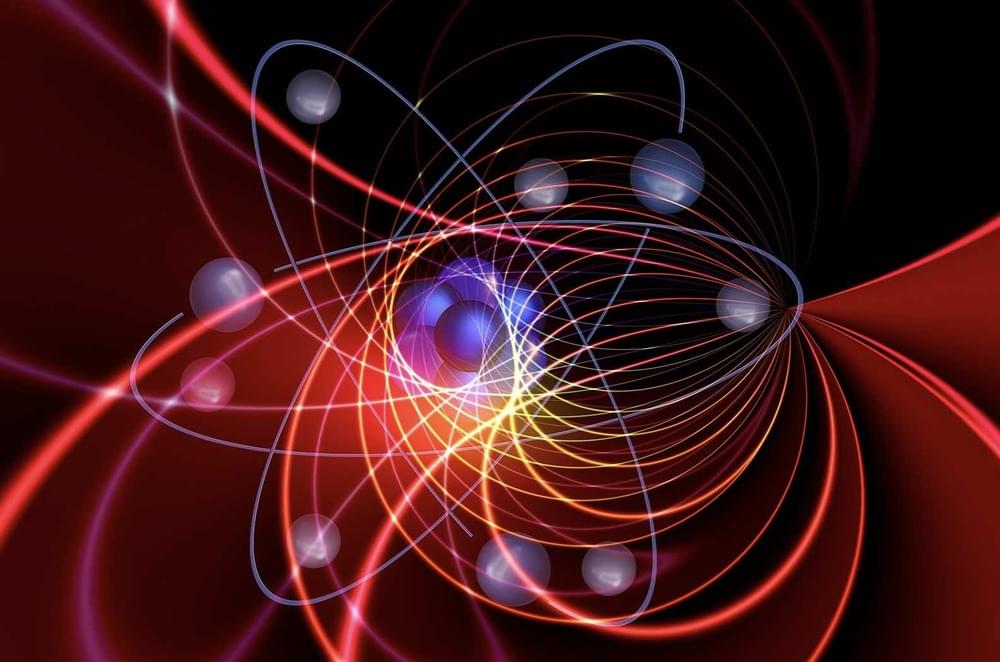
A new study from the University of Cambridge reveals that electrons can simultaneously possess different energy levels.
Electrons, one of the most fundamental components of our universe, still hold a few secrets that puzzle modern scientists. Since the 1920s, physicists have worked to try and unravel the workings of these negatively charged particles, and how they behave in different situations. Now, research conducted at the University of Cambridge has shed new light on a pair of key factors–the spins and charges of electrons–revealing even more about their unique behavior.
Background: Spin and Charge
In the 1920s, scientists conducted several experiments that revealed electrons possess multiple spins. One of these, the Stern-Gerlach experiment, involved a beam of silver atoms directed at an uneven magnetic field. The magnetic field split the beam in two, revealing two different spins for the electron.
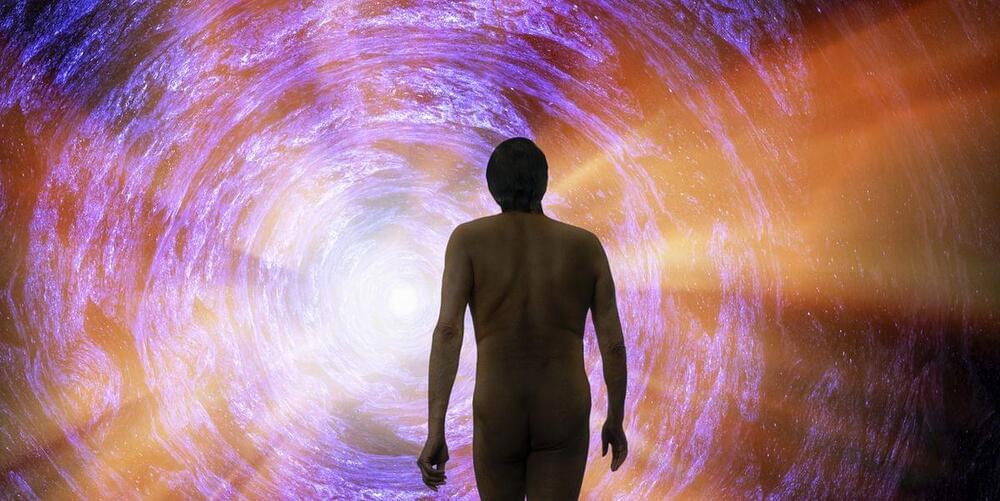
If objective reality doesn’t exist, where does that leave us? Does reality emerge into physicality directly from nothing, or could it be that conceptual reality is just as real as the physical universe? If that is the case, then physical matter is just a product of conception, and consciousness is its backdrop.
Does reality exist, or does it take shape when an observer measures it? Akin to the age-old conundrum of whether a tree makes a sound if it falls in a forest with no one around to hear it, the above question remains one of the most tantalizing in the field of quantum mechanics, the branch of science dealing with the behavior of subatomic particles on the microscopic level.
In a field where intriguing, almost mysterious phenomena like “quantum superposition” prevail—a situation where one particle can be in two or even “all” possible places at the same time—some experts say reality exists outside of your own awareness, and there’s nothing you can do to change it. Others insist “quantum reality” might be some form of Play-Doh you mold into different shapes with your own actions. Now, scientists from the Federal University of ABC (UFABC) in the São Paulo metropolitan area in Brazil are adding fuel to the suggestion that reality might be “in the eye of the observer.”
In their new research, published in the journal Communications Physics in April, the scientists in Brazil attempted to verify the “complementarity principle” the famous Danish physicist Niels Bohr proposed in 1928. It states that objects come with certain pairs of complementary properties, which are impossible to observe or measure at the same time, like energy and duration, or position and momentum. For example, no matter how you set up an experiment involving a pair of electrons, there’s no way you can study the position of both quantities at the same time: the test will illustrate the position of the first electron, but obscure the position of the second particle (the complementary particle) at the same time.
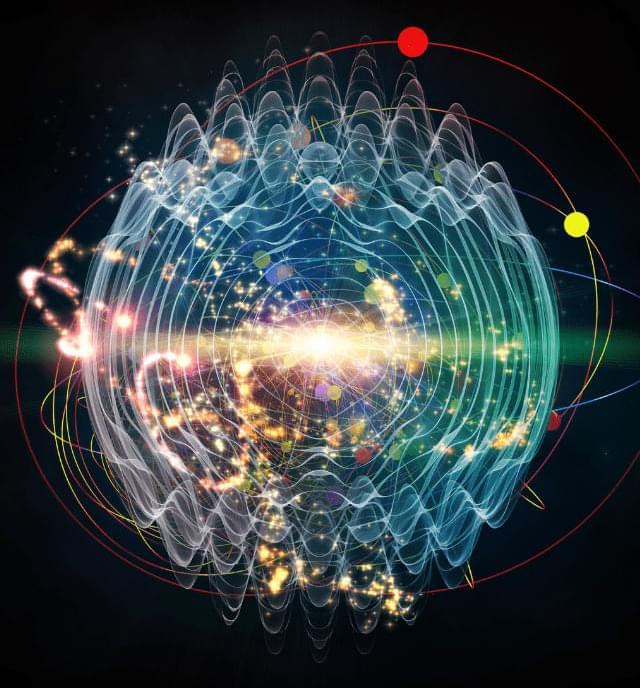
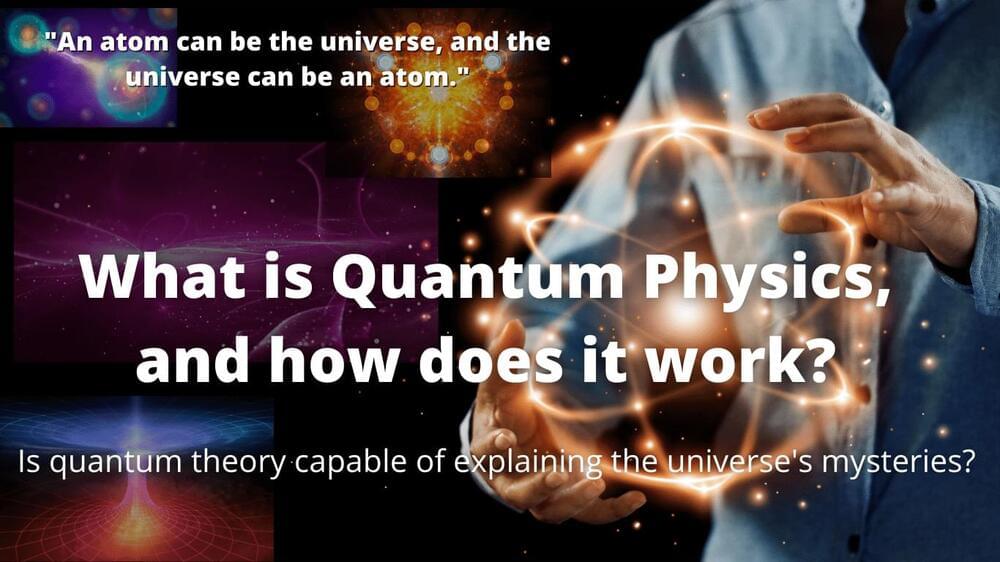
What is Quantum Physics 0, and how does it work? Is quantum theory capable of explaining the universe’s mysteries?
What is Quantum Physics, and how does it work? Is quantum theory capable of explaining the universe’s mysteries? For centuries and decades, many scientists worldwide have been attempting to decipher the mysteries of the cosmos. Scientists have only cracked a handful of the universe’s inexhaustible secrets despite this. But, more importantly, are we uncovering the secrets of the cosmos correctly? Are we broadening our quest in the opposite direction of what we have mistaken for the limitless secrets of the universe? We don’t even know where to start looking for the answers to such questions.
Many outstanding scientists across the globe are using quantum theory to try to answer the universe’s unresolved riddles. And it has been somewhat successful. Quantum physics is responsible for numerous modern technologies that have revolutionized the planet. And those excellent scientists deserve to be praised. Learn what quantum physics is all about.
Join Professor Michelle Simmons to find out how scientists are delivering Richard Feynman’s dream of designing materials at the atomic limit for quantum machines. 🔔Subscribe to our channel for exciting science videos and live events, many hosted by Brian Cox, our Professor for Public Engagement: https://bit.ly/3fQIFXB
#Physics #Quantum #RichardFeynman.
Sixty years ago, the great American physicist Richard Feynman delivered a famous lecture in which he urged experimentalists to push for the creation of new materials with features designed at the atomic limit. He called this the “final question”: whether ultimately “we can arrange the atoms the way we want: the very atoms all the way down!”
Professor Simmons will explain how to manufacture materials and devices whose properties are determined by the placement of individual atoms, and will highlight the creative explosion in new devices that has followed and the many new insights into the quantum world that this revolution has made possible.
Watch next:
Putting the sun in a bottle: the path to fusion power ▶ https://youtu.be/eYbNSgUQhdY
What is (qunatum) biology? with Jim Al-Khalili ▶ https://youtu.be/_To6oNh9-ZQ
Nanomaterials: from bench to bedside ▶ https://youtu.be/Z5FG1dSdI7E
The Royal Society is a Fellowship of many of the world’s most eminent scientists and is the oldest scientific academy in continuous existence.